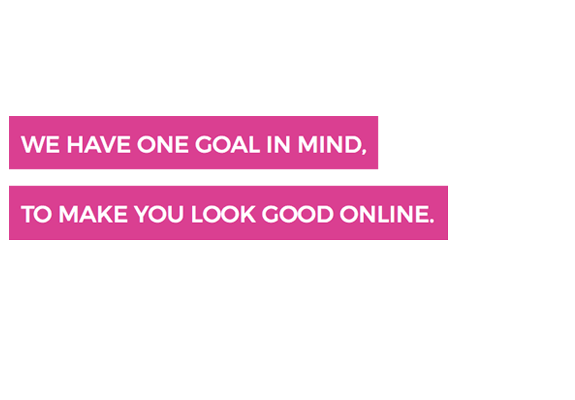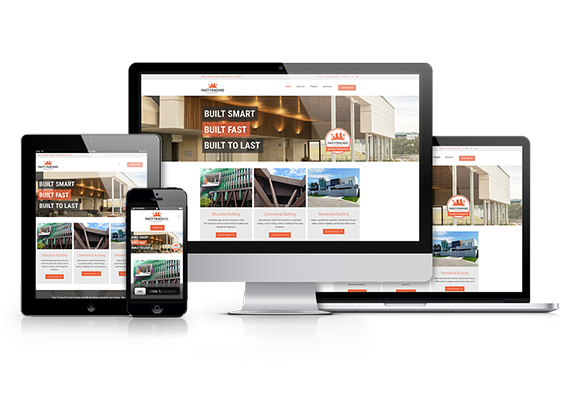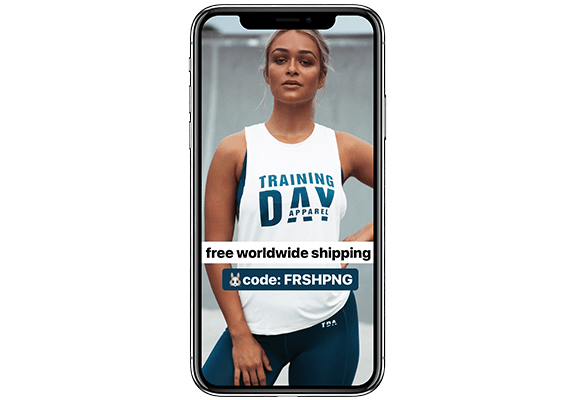I was out shopping with a friend when she looked up at a store and said, “oh my gosh, I love that brand!” What she really meant was she liked the logo, also known as ‘brand identity’.
What is a ‘brand’?
Branding is a concept that is often misunderstood. However, it is something that is essential for creating, nurturing and helping your business to evolve.
By definition, a brand refers to the perception consumers have about a product, service or representative. When we mention ‘brand’, it isn’t just the identity of the business (i.e. the logo); it’s everything else that goes with it!
A brand is the face of a business and should be a clear representation of your company values and beliefs. And the good news is, although developing and understanding your brand is important, it doesn’t have to be difficult.
Throughout this article, we go through the key steps to ensuring you have created a brand that is true to your business. To make it easier, we’ve split this into three key segments:
- What makes a good brand?
- What are your goals are and how will you get there?
- What makes your business different?
What makes a good brand?
Before you start to develop your brand, you need to understand what makes a ‘good’ brand. There’s no use taking inspiration from a company that hasn’t successfully positioned themselves within your field of business.
A brand audit is a great place to start. It’s a collection of smaller questions before you lead onto the bigger ones (stay tuned).
Who are you targeting?
When exploring your branding options, try not to be picky, but know what you want. Think about whether your business targets a specific industry, particular demographic or certain location. By understanding whom you are servicing, you can position your brand accordingly.
What is your business’s ‘look’?
This is where you’ll start thinking about how you want to present your business. You can begin with the people you have decided to target, for example, if your service or product is targeted toward corporate executives, having a brand that is informal and ‘fluffy’ probably isn’t the best way to go about attracting the right audience.
Passion for your brand
Many people roll with the fake-it-‘til-you-make-it method, but do you think the world’s most successful brands, like Apple, was developed by a team who weren’t interested in technology? NO. Steve Jobs had the passion to be innovative and the fire to succeed in a field he loved. So when you’re deciding on your business’s goals, choose ones that fuel the passions of you and your clients needs, rather than ones that will fizzle out in the short-term.
Keep it consistent
Consistency builds trust, so if you’re changing up your identity too frequently, people will notice and either get confused or lose faith in your brand. You need to make sure that the way you position your brand stays uniform in all social and professional situations.
Are you competitive?
Competition is tough for small businesses, which is why keeping up with the latest trends within your industry is crucial to being a standout among competitors. By doing your industry research and staying up-to-date on how and where to stage your brand identity, you will ensure you are keeping up with the current times and the demands of your clients.
Put your business out there
Remaining content within your close network of contacts may seem comfortable, but it never pushed anyone to reach their maximum potential. Why not branch out by going to a few networking events to help you get the exposure your brand needs?
Having conversations with the right people and making some unexpected friends can boost your word-of-mouth and credibility. And don’t forget to post on your business’s social media about the event – people love to see that your business gets involved in the community, so show it off!
Summary
Target audience
Your look
Your passion
Consistency
Competition
Go for it!
2. What are your goals are and how will you get there?
Vision statement
This is a BIG one! It is your greatest goals for your business. Sometimes a vision statement can be somewhat unrealistic and it’s perfectly fine if that’s the case. It’s ultimately where you want your business to be in the future.
Mission statement
Your vision is the dream, but how do you get there? That’s where your mission statement comes in to play – it’s where you really get down to business!
Your mission statement should be written in the present tense and it will determine how you achieve that dream in your vision statement. Questions to ask yourself include; what does your business do for people? What is your point of difference? What steps can you take to fulfill your goals?
3. What makes your business different?
Value Proposition Assessment
This is where you establish what value your business brings to the table for your clients. It’s about why they should they pick your business to work with over anyone else. Once you have determined your point of difference, you find ways to encourage people to use your services over competitors.
If you’re having difficulty with your branding, you would like some advice, or you need an awesome design team to create a knockout brand identity for your business, please get in touch with our expert designers on 07 3724 0469.

